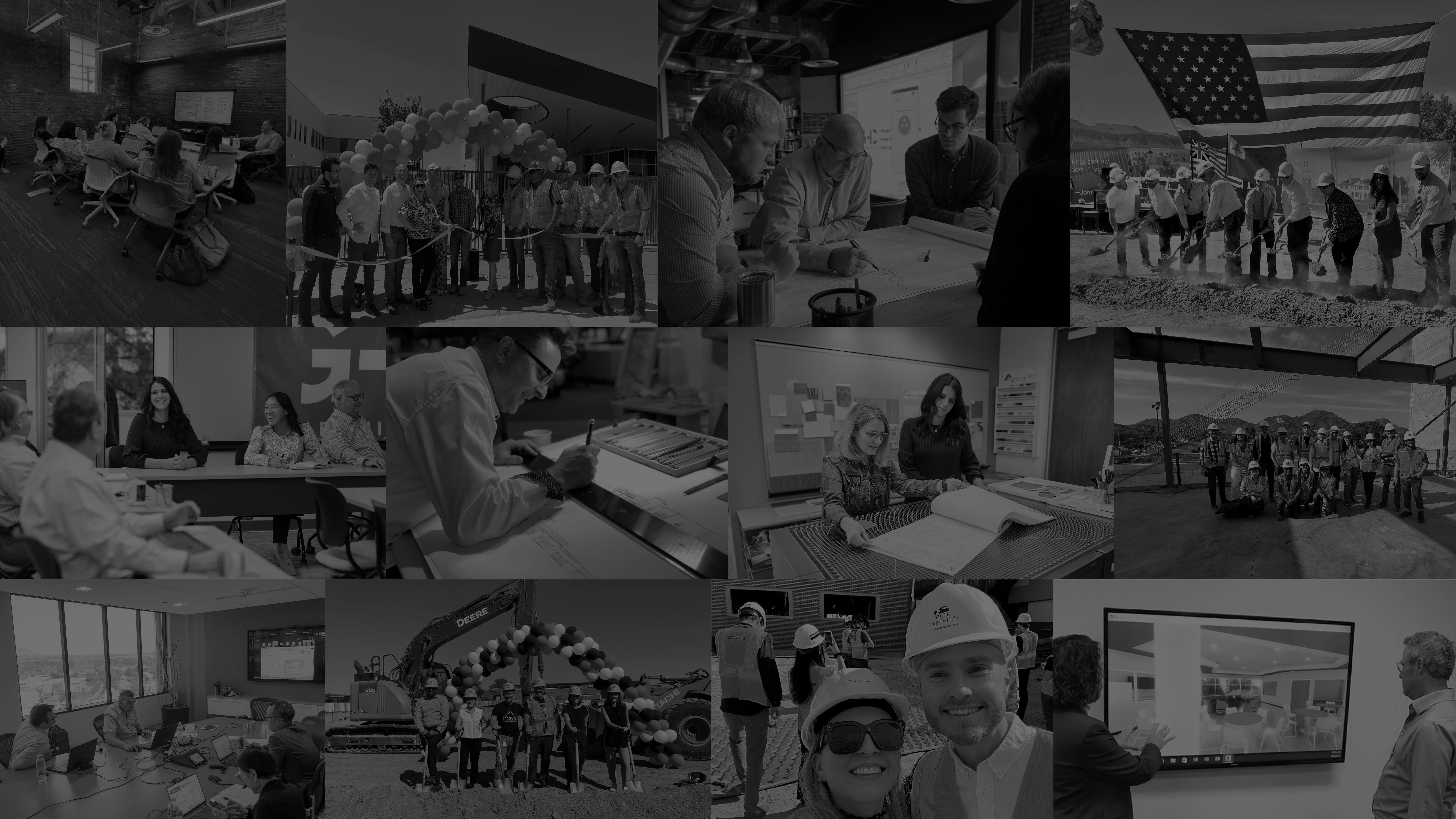Engineering the Future: Designing Science & Engineering Spaces for the Next Generation of Innovators
Jun 05, 2025
In a world driven by discovery, data, and disruption, higher education institutions are racing to create environments that not only teach science and engineering but live it. Today’s students aren’t looking for degrees; they’re seeking immersive, hands-on experiences that align with real-world challenges and their own aspirations to change the world.
For Gen Z and the generations that follow, science and engineering spaces need to be inspirational to their users. They must reflect the rapid pace of technological advancement, while grounding students in the fundamentals of problem-solving, experimentation, and collaboration.
STEM Enrollment is Growing—and So Are Expectations
According to the National Center for Education Statistics, degrees awarded in science and engineering fields have grown significantly over the last decade, with STEM majors accounting for over 30% of all bachelor’s degrees in the U.S.¹ This growth isn’t slowing down: Gen Z, the most diverse and digitally native generation yet, is flocking toward careers in health, computing, environmental science, and engineering with increasing urgency and purpose.
But along with that surge comes a shift in expectations. These students want to learn in environments that reflect the interdisciplinary, project-based, tech-infused nature of the modern workforce. Static classrooms and siloed labs no longer cut it.
Designing for Innovation and Interdisciplinary Discovery
Our science and engineering facilities are designed to break down barriers--between disciplines, between theory and application, and between students and faculty. From flexible research labs that adapt to emerging technologies, to maker-spaces that support rapid prototyping, we craft environments that invite curiosity and empower experimentation.
Innovation often happens at the intersections—between chemistry and computer science, or biology and mechanical engineering. Our designs encourage those intersections through shared research cores, transparent lab walls, and centralized collaboration zones that foster chance encounters and idea exchange.
Spaces That Attract Talent and Funding
The physical environment plays a critical role in attracting both top-tier students and faculty researchers. But the design of a building can also drive economic and institutional outcomes. By aligning architecture with an institution’s strategic research goals, we’ve helped campuses secure increased research funding, enhance industry partnerships, and launch new academic programs.
From clean rooms and robotics suites to biomedical teaching labs and engineering clinics, we design for the unique technical requirements of each discipline—while ensuring spaces remain adaptable to future needs. Because we all understand that, in STEM, the only constant is change.
Cross-Campus Visibility, Student Engagement, and Social Learning
And, future students don’t just want access to advanced equipment; they want access to each other. Community is as important as curriculum. At Grace, we embed gathering zones, writeable surfaces, and collaborative lounges throughout science and engineering buildings to support peer learning, group projects, and casual faculty-student interaction.
Transparency (both literal and cultural) is another key feature. Glass walls and open lab layouts allow for visual connection and a sense of shared purpose. Students see what their peers are building, testing, or discovering, and are inspired to join in.
Wired for the Future
Technology is no longer a feature of a space, it is the space. Our facilities support advanced infrastructure for everything from AI research and quantum computing to remote learning and real-time data analytics. But more importantly, they’re designed to evolve.
By integrating plug-and-play utility grids, modular casework, and future-proof systems, we ensure that today’s lab doesn’t become tomorrow’s constraint. These are buildings that adapt as fast as science does.
Our Role: Designing for Discovery
With decades of experience designing STEM facilities across higher education, we understand the technical, pedagogical, and cultural dimensions of these environments. We see ourselves as strategic partners, translating institutional vision into physical form.
We help institutions attract research dollars, recruit talent, and prepare the workforce of tomorrow. And, we do it by creating spaces where science doesn’t just happen, it thrives.
Empowering the Next Generation of Problem-Solvers
As the global demand for Science and Engineering talent grows, academic institutions are uniquely positioned to lead. But only if their facilities support the pace and potential of what’s next. .
We’re proud to design the spaces where that journey begins.
¹ Source: National Center for Education Statistics (NCES), 2023
